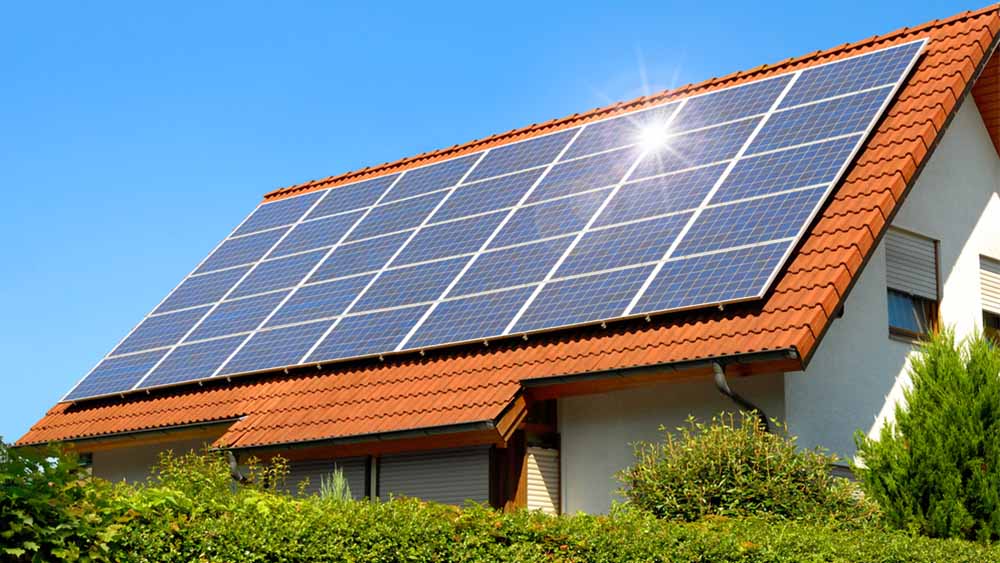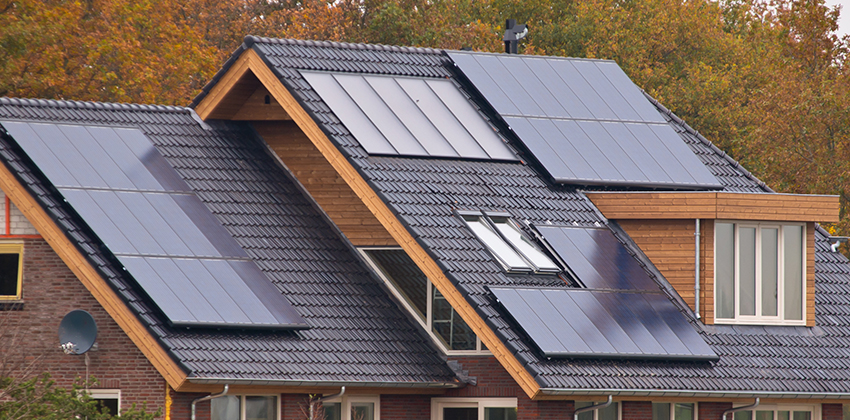A modular Solar System is a solar power system that incorporates standardized components in a flexible configuration. This includes solar panels, inverters, mounting systems and batteries with controllers. For instance, if a household needed to install 5 x 300 watt solar panels with an inverter of up to around 5 kWh as well as a battery pack rate at approximately between these three conditions. Depending on the strength of power required, this system can't be projected or upgraded and has targeted customization to cater to types of power needs along with being a very efficient solution.
Basics of a Modular Solar System Like I said, in its most basic form, your modular solar system will be built up from Solar panelsInvertersMounting systems (if you go off-grid)Controllers This allows solar panels to transform sunlight into direct current (DC) electricity. A typical solar panel, which is around 300 watts in power output, generates approximately 1.5 kWh of energy over a day under decent sunlight conditions. The production capability can be enhanced or reduced by adding more panels. As a rule of thumb, ten 300-watt panels can produce around 15 kilowatt-hours (kWh) per day, which is great for small households.
Inverters take direct current from the solar panels and convert it into alternating, or AC, for utilization by home devices with an industrial appliance. A 3-kilowatt inverter is sufficient to cater to the current generated by three panels rated at a thousand watts each. Because modular systems can be custom-sized based on power needs, they also enable different inverter capacities; a 5-kilowatt home system might use an equally sized and -rated 5kW inverter.
Mounting systems have a role in installing solar panels at the correct tilt angle. Geographical locations directed south at 30 to 40 degrees generally increase energy production. Due to the modular design of this mounting system, it can be easily reconfigured for different building structure types. Batteries absorb surplus power, so they can be used when there is no sunlight. An example would be a 5-kilowatt hour (kW/hr) lead acid battery that absorbs the energy generated by solar panels during the day so we can use it later at night.
Controllers are responsible for the flow of electricity and make it safe to charge or discharge batteries. Modern controllers leverage Maximum Power Point Tracking (MPPT) technology to maximize system efficiency. MPPT controllers can boost energy conversion efficiency by 20% to 30%, as compared with traditional ones. Moreover, the controllers give system status feedback and fault diagnosis leading to high reliability as well as low maintenance.
When it comes to decentralized power generation, a modular solar system represents an adjustment around its exact size and configuration in accordance with actual needs. For instance, a household may choose to use 5 or even up to 10 solar panels, depending on the power needs. Another strong point is the scalability potential of this system. It gives the users an option to begin with a simple set-up and increase or upgrade when necessary, for example, starting at 3 kilowatts and then expanding it further afterward till possibly up to its maximum output, i.e., Kwatts.
Modular design is also cost-effective. According to Section 321 of the Regulations, initial investment can be tuned according to user needs and a priming approach is permissible under which users may need only an essential level in solar panel systems for startup low costs and later expanding with overall financial conditions. Maintenance & Upgrade of Modular Systems The system avoids total functional failure so that the parts must be changed or repaired less frequently, and thus minimize maintenance costs: if, in fact, one component is faulty, it can easily be replaced without affecting all others components of a fully functioning machine. It can take 2 to a few days for an entire home with installation straightforward, and all parts of these systems are rigidly standardized.
Modular solar systems in Residential, Commercial & Industrial. At home, they usually can buy a very limited number of solar panels and batteries appropriate for their energy size. As an example, a family unit of 4 would put in place around, say, the lowest amount of land, 5 5-kilometer watt framework for multispecialist day-by-day workers. In commercial/residential buildings, they can also support lighting and air conditioning needs as well as other power requirements. For example, a medium-sized office may set up a 10 above-kilowatt system for the whole area of this specific workspace.
In industrial facilities, modular systems can deliver stable power to production lines. For example, a manufacturing plant might implement a 50-kW solar system to cut back on operating costs and dependence on the traditional grid. Its flexibility and scalability make the system a natural fit for a range of applications, allowing design choices to be made in order to optimize both power supply and cost.



